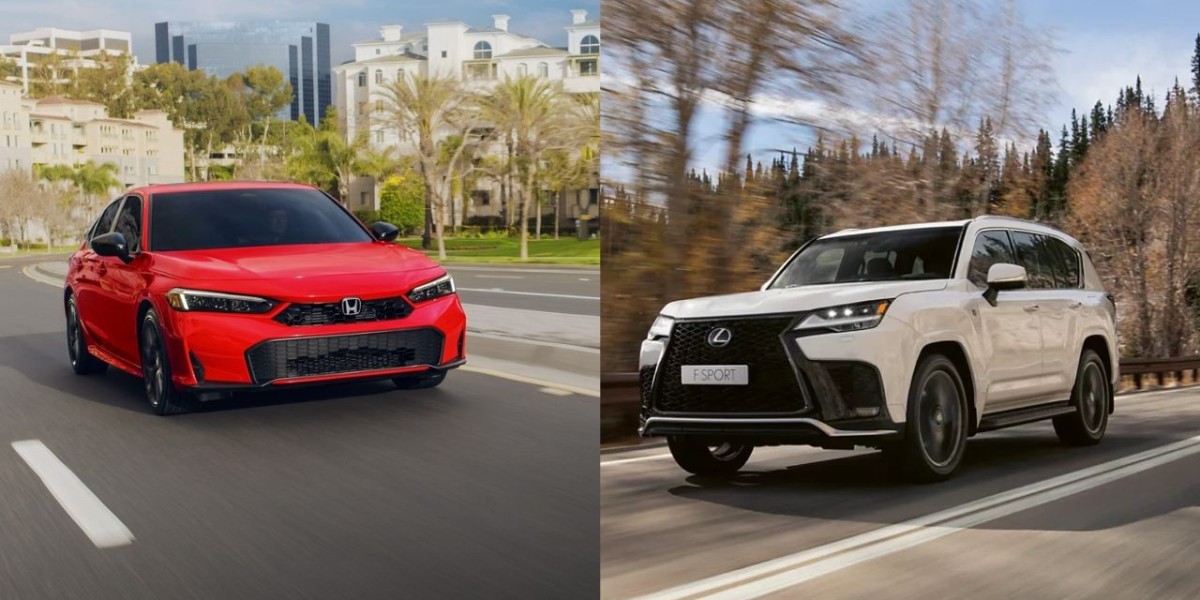When it comes to choosing between an SUV and a sedan, performance is often a key factor. Both vehicle types offer distinct advantages depending on your driving preferences and needs.
However, if you're looking for a high-performance SUV, there are a few things to consider. In this blog, we'll explore the performance differences between SUVs and sedans, as well as what makes an SUV high-performance.
Performance Differences Between SUVs and Sedans
The primary difference between SUVs and sedans when it comes to performance lies in their design and intended purpose. Sedans are generally designed for smooth, efficient driving with better fuel economy and a lower center of gravity. This gives sedans superior handling on paved roads and enhanced maneuverability around tight corners. They tend to have a more rigid and lightweight frame, making them quicker to accelerate and more agile in city traffic.
On the other hand, SUVs are designed for versatility. They offer a higher driving position, more space, and often come with all-wheel drive (AWD) or four-wheel drive (4WD) options, which make them more capable of handling rough terrain. This makes SUVs ideal for off-roading, snowy conditions, and towing heavy loads. However, because of their larger size and weight, they typically don’t have the same level of agility or speed as sedans.
What Makes an SUV High-Performance?
A high-performance SUV blends the power, speed, and handling of a sports car with the durability and versatility of an SUV. These vehicles are engineered to deliver a thrilling driving experience while maintaining the practicality and space that SUVs are known for. Here’s what makes an SUV high-performance:
- Powerful Engine Options
High-performance SUVs come equipped with robust engine options designed to deliver impressive horsepower and torque. Many of these SUVs feature turbocharged engines or hybrid powertrains that boost acceleration and overall performance. Engine sizes typically range from V6 to V8, offering greater power output than standard models.
For example, vehicles like the Porsche Cayenne or the BMW X5 M feature powerful engines that enable them to reach high speeds and handle various driving conditions with ease. Even within the best SUV under $40,000 category, options like the Ford Edge ST or Jeep Grand Cherokee provide excellent power for those looking for a balance of performance and affordability.
- Advanced Suspension Systems
A key component in high-performance SUVs is their suspension system. These vehicles are designed to provide a smooth, comfortable ride while also delivering sharp handling. Performance SUVs often feature adaptive or air suspension systems that adjust based on road conditions. This allows for greater stability during high-speed driving while also maintaining comfort during regular city commutes.
- Enhanced Braking Systems
High-performance SUVs are equipped with specialized braking systems to handle their greater weight and power. These braking systems use larger brake pads, ventilated rotors, and sometimes carbon-ceramic technology to offer responsive stopping power. This is especially important for off-road performance and towing, where a strong, responsive brake system ensures safe driving.
- Sporty Design and Aerodynamics
Performance SUVs often sport a more aggressive and aerodynamic design to improve speed and handling. Aerodynamic features such as rear spoilers, wide wheel arches, and lower ground clearance help reduce drag, allowing for higher speeds and better fuel efficiency. While still maintaining the rugged look of an SUV, these design elements optimize overall performance.
- All-Wheel or Four-Wheel Drive
Most high-performance SUVs come with either AWD or 4WD, which are essential for handling challenging driving conditions like rain, snow, or off-roading. These drivetrain options provide better traction and control, making them ideal for drivers who want to experience performance both on and off the road. Whether you're cruising on highways or tackling dirt trails, these systems allow the vehicle to distribute power effectively to all wheels.
Best SUV Under $40,000 with Great Performance
If you're in the market for a best SUV under $40,000 with excellent performance, several models stand out. The Ford Edge ST is a great option, offering a turbocharged V6 engine that delivers plenty of power while still being affordable. Similarly, the Jeep Grand Cherokee offers a range of engines, including a potent V8, and is well-regarded for its off-road capabilities, making it an ideal choice for adventure seekers. Additionally, the Toyota Highlander combines family-friendly features with a solid engine for a balanced performance that caters to both daily driving and longer road trips.
Conclusion
When comparing SUV performance to sedan performance, it’s clear that SUVs are built for versatility, while sedans shine in speed and agility. However, high-performance SUVs bridge this gap, offering the power, speed, and handling you expect from a luxury car while maintaining the rugged, practical features of an SUV.
Whether you're looking for a model like the Ford Edge ST or the Jeep Grand Cherokee, these high-performance SUVs are designed to elevate your driving experience. And with options under $40,000, you can enjoy both affordability and top-tier performance.










